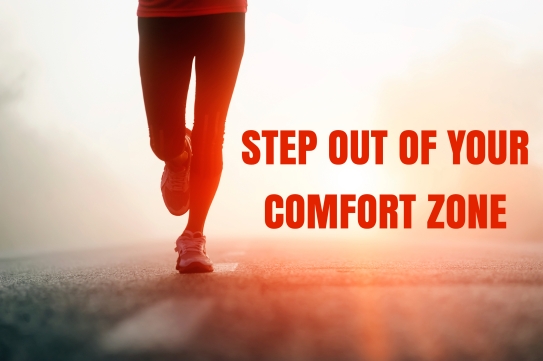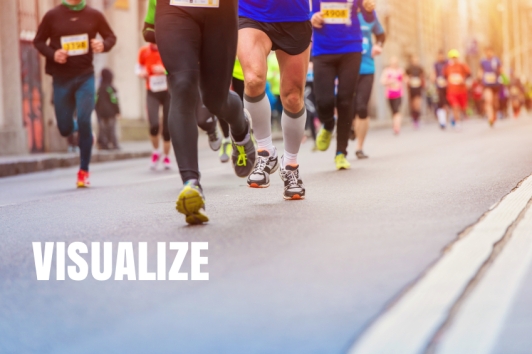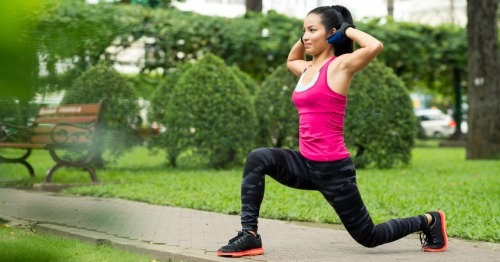Guest post by J. Gerry Purdy, Ph.D. Founder of FitnessTrax, Inc. and creator of the RunningTrax System
Editor’s Note: We are very excited to announce RunningTrax, an app we’ve been working on for the past year in partnership with Dr. J. Gerry Purdy of FitnessTrax, Inc. Most training plans will tell you how far to run in any given workout, but RunningTrax tells you what pace you should run for that distance. Read on to find more about the RunningTrax app and how it will improve your training. To get notified when the app is available for download and try it free for 30 days please sign up here: http://eepurl.com/bknx8b

RunningTrax™ is the first personalized, dynamic running training system that tells every runner exactly what pace they should run – day in and day out.
There are more than 200 million people in the world who regularly run at least three times a week. A few are serious, dedicated runners vying for a top national or age-group ranking. This represents perhaps 1% of the total. These runners typically pay hundreds of dollars a month to get personalized training advice: how fast should they run in each workout.
However, the vast majority of people who run regularly (the other 99%) have not had any easily available and low-cost way to get personalized advice for their workouts. They read an article in a magazine like Runner’s World or online that talks about training advice. It is helpful to some extent. But, the training advice given online or from a book or magazine has one major drawback: it cannot possibly give you personalized advice on what you should do.
Training programs, books and articles can only define a general workout recommendation because it has been impossible – up until now – to define a workout for the millions of runners all at different levels of ability. A training program might say to run three miles. That’s fine, but at what pace should you run? You don’t want to run too slow or too fast. And, what if your neighborhood course is 3.3 miles? How would you adapt the recommendation for a different distance? You can see it’s nearly impossible for someone giving training advice to the public to define a specific, personalized workout for every runner.
This is the problem I set out to solve while working on my Ph.D. at Stanford. In order to define a personalized workout, you need to be able to determine each runner’s level of ability. If you could do that, then you would be able to take a proposed workout distance, time or pace and generate a workout that is personalized to each runner’s level of ability. The hard part is to find a way to determine each runner’s level of ability.

The reason it is hard to determine your level of ability is because of a simple fact of human running performance: there are limits to what each runner can perform. The highest performances are known as world records. World records are very hard to beat because the human has limits – we can’t improve forever. When you take a large number of runners, the top performance might improve a little over decades but the rest of the performances don’t change much.
However, for each and every runner, making improvements at lower levels of performance is clearly easier than at higher levels of performance. Thus, any system to determine physiologic performance cannot be linear, where every unit of speed increase would earn the same unit increase in the runner’s level of ability.
Rather, the system that determines level of ability has to reward every unit of speed increase with a larger unit increase in the runner’s level of ability. We call this kind of improvement non-linear because for every unit improvement, larger rewards are provided.
Think of this another way. I am runner with a certain level of ability. As I improve, it gets harder for me to improve to newer, higher levels of ability. When I start off, it is easy to make improvements. But, as I improve, I will find it harder to achieve further improvements.
In order to correctly model human performance, you have to take this ”limitation effect” into account. A system has to be set up so that it correctly defines the level of ability from beginner to average to world class.
I was able to do that by referencing thousands of performances over the past 100 years and then using a non-linear formula that I created with the help of a math professor at Stanford. I used many hours of computer time to calculate the values used in the non-linear formula. This gave us the basis for the values of the level of ability for the ten most popular distances run from 100 meters through the marathon.
Let me explain a bit more about how the RunningTrax™ system works. RunningTrax™ is a breakthrough system which solves the most persistent problem for all runners, from weekend joggers to world class athletes.
When training, runners need to run hard enough to improve but not too hard or they’ll increase the risk of getting injured. Until RunningTrax™, it has been difficult and expensive for runners to get good advice on how to train. That’s why almost all running websites and apps focus on recording what runners have done rather than telling them what they should do.

The RunningTrax™ mobile app is a quantum leap forward in running training. While it provides all the standard features (including GPS tracking, run logging, music integration, etc.), the new RunningTrax app is the first system to help every runner, regardless of ability, get a personalized recommendation on the proper pace to run for every workout.
The RunningTrax app is just days away from being launched on the Apple App Store. To get a notification when the app is available for download and get a free 30 day trial, add your email here: http://eepurl.com/bknx8b To read more about the RunningTrax app please visit: http://www.runningtrax.com
Typically, it takes a lot of expert time to define appropriate workouts for individual runners. RunningTrax™ is the first to automatically and scientifically determine what a runner should do for any distance, time or pace. In addition, it adjusts to a runner’s changing level of fitness.
























